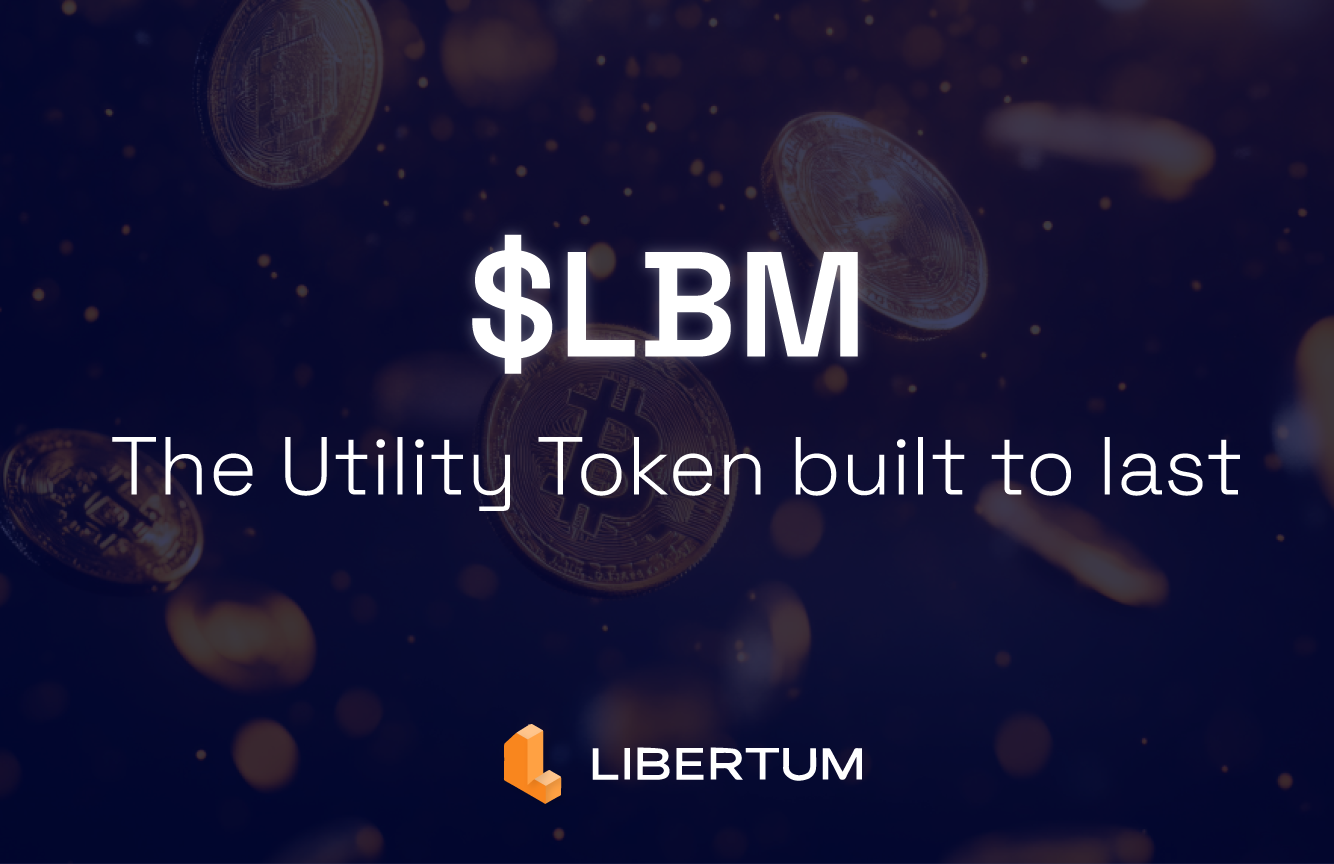Every crypto cycle is the same story. Tokens emerge, fueled by hype and speculative energy. They dominate the conversation, rocket in price, and then collapse, leaving behind disappointed holders.
The difference between projects that fade and those that endure lies in design. Enduring tokens are powered not by narrative, but by utility, structural demand, and recurring economic activity.
This is the foundation of $LBM, Libertum’s native token. Instead of relying on speculation, $LBM’s economics are engineered to connect directly with real-world flows of tokenized assets and decentralized exchange activity.
Where others rely on hype, $LBM relies on necessity.
Learning from the Past: Models that Shaped Tokenomics
BNB: Exchange Utility as Value Anchor
- Exchange profits used to buy and burn BNB.
- Fee discounts for holders.
- Demand tied directly to Binance’s growth.
Strength: Simplicity — trading drove value.
Weakness: Reliant on one company, one use case.
MakerDAO: Linking DeFi to Real-World Assets
- Integrated U.S. Treasuries and RWAs into balance sheet.
- MKR buybacks funded by real-world yields.
- Governance decentralized.
Strength: Steadier value beyond DeFi cycles.
Weakness: Token utility abstracted; most users rarely touched MKR.
The $LBM Difference: Expanding the Model
$LBM builds on both, but extends into a multi-circuit design:
- Like BNB → usage-driven (fees, pools, staking).
- Like MakerDAO → linked to real-world yields.
- Beyond both → demand anchored across staking, liquidity pairing, governance, fee payments, and treasury.
This means demand is multi-dimensional and resilient in bullish, bearish, or sideways markets.
Comparative Lens: BNB vs. MakerDAO vs. $LBM
| Feature / Mechanism | BNB | MakerDAO (MKR) | $LBM |
|---|---|---|---|
| Primary Driver | Exchange trading | Collateralized lending + RWA yields | Tokenized property flows + B-DEX activity |
| Revenue Linkage | Fees → burn | Stability fees + RWA yields → burn | 5% of revenue → buy & burn |
| Utility | Discounts, perks | Governance, stability | Fees, staking, liquidity, governance |
| Burn Mechanism | Quarterly burns | Surplus auctions | Continuous buyback & burn |
| Governance | Binance-led | Community-driven | On-chain, covering listings & treasury |
| RWA Exposure | None | Indirect | Direct (property, energy, commodities) |
| Resilience | Reliant on Binance | Abstracted | Multi-circuit, diversified |
| Philosophy | Centralized scarcity | Decentralized stability | Dual engine: necessity + yield |
Why Multi-Circuit Demand Matters
Single-source demand creates fragility. Multi-circuit demand creates resilience.
$LBM circuits include:
- Exchange activity: swaps, fees, liquidity pools.
- Staking: lock $LBM for yield, benefits, governance.
- Real-world revenues: property, energy, commodities.
- Treasury governance: all votes require $LBM.
Each circuit reinforces the others → reflexive, self-sustaining demand.
Philosophy of Enduring Value
In ancient economies, salt, grain, and metals endured because they were indispensable.
In digital economies, the same principle applies: the token that powers fees, access, and settlement is the token that endures.
By embedding $LBM into property flows, staking, governance, and revenue burns, Libertum ensures demand is structural, not speculative.
Why This Moment Matters
The shift toward tokenization is accelerating:
- BlackRock runs multi-billion-dollar tokenized funds.
- Nasdaq prepares digital securities platforms.
- Tokenized Treasuries and credit dominate on-chain RWAs.
Speculative tokens will fade. Utility-driven, RWA-linked tokens will form the infrastructure of finance.
$LBM is built for that reality.
Conclusion
The future belongs to tokens that embed their value in utility, compliance, and necessity.
- BNB proved exchange-driven burns.
- MakerDAO proved RWA-linked revenue.
- Libertum’s $LBM fuses both — and goes further.
In a world where tokenization underpins finance, $LBM is not a passenger. It is the anchor token of a real economy engineered to last.
